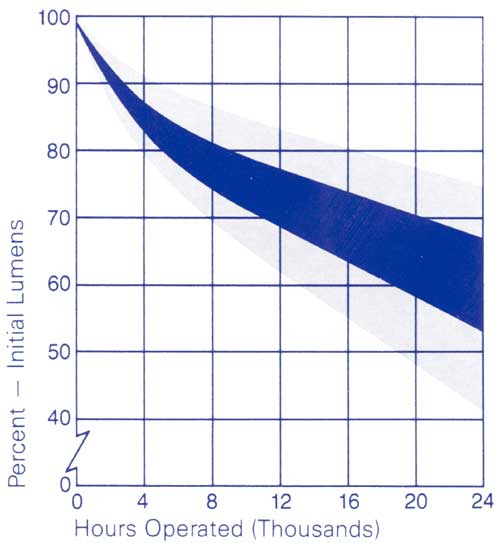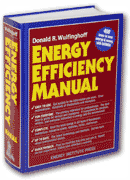Overview of…
Note 52. Comparative Light Source Characteristics
The Energy Efficiency Manual stresses that precise selection of lamps and their accessories is necessary to optimize efficiency and to provide lighting of high visual quality. This Note provides a tabular comparison of all the major types of lamps. Also, it explains each of the listed characteristics. It will help you to select the best types of lamps for any residential, commercial, or industrial lighting application.
The types of lamps covered are conventional incandescent, tungsten halogen, conventional fluorescent, compact fluorescent, mercury vapor, metal halide, high pressure sodium, and low pressure sodium.
The characteristics listed are lumen output, lumen degradation/depreciation, service life, efficiency/efficacy (lumens per watt), ballast energy consumption, potential for lamp substitution and mismatch, dimming ability, color rendering index (CRI), lamp color, starting temperature, effect of temperature on light output, starting interval, restarting time, control of light distribution, decorative lamp options, mounting position limitations, acoustical noise, power factor, harmonic distortion, and electromagnetic interference.
Click here to return to the Table of Contents


